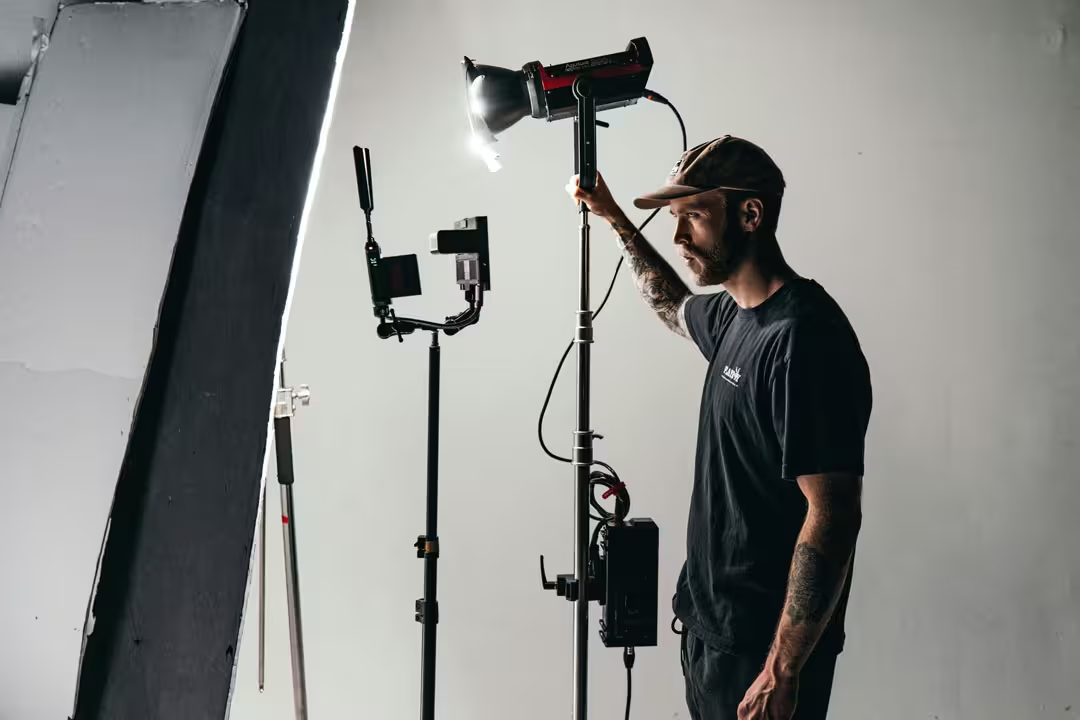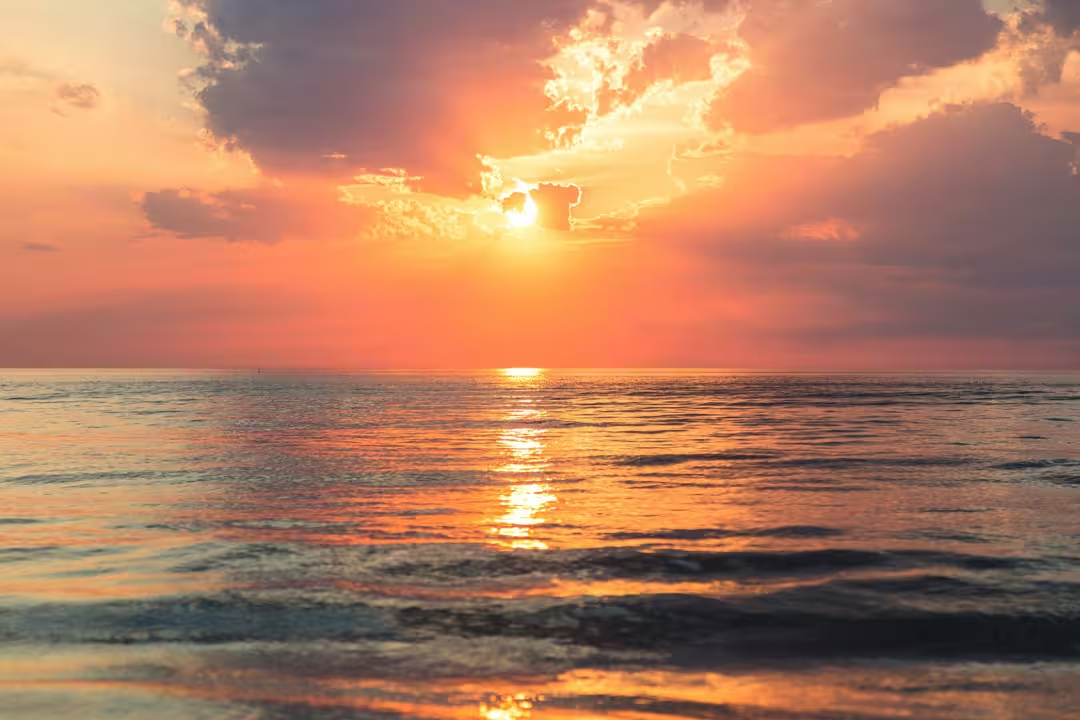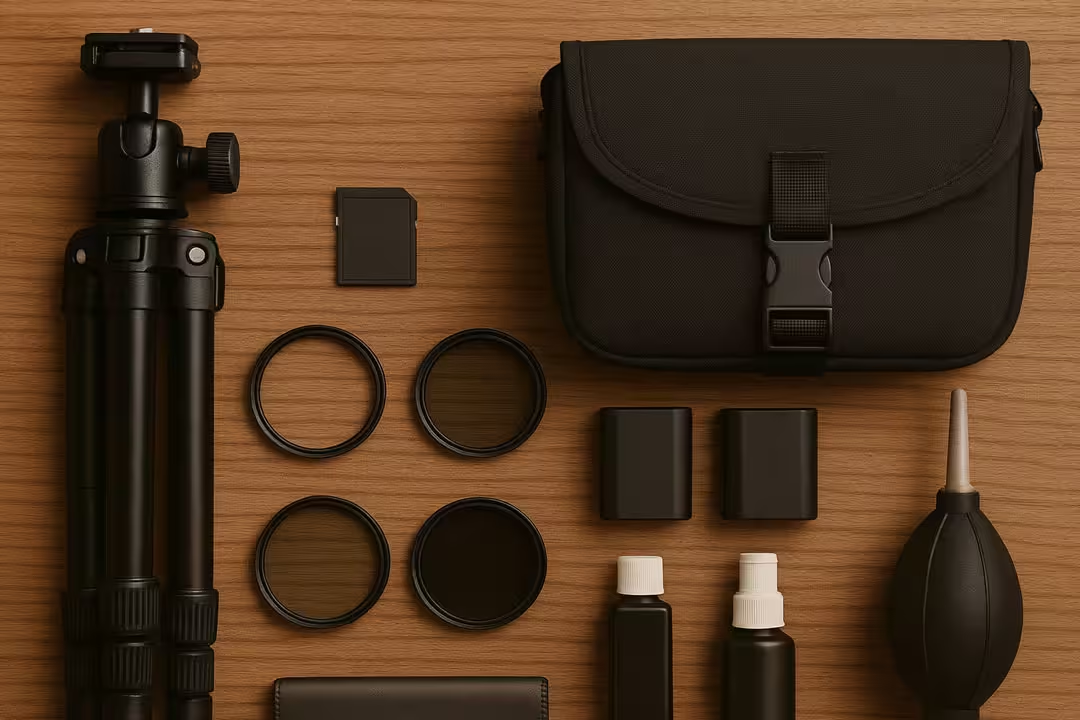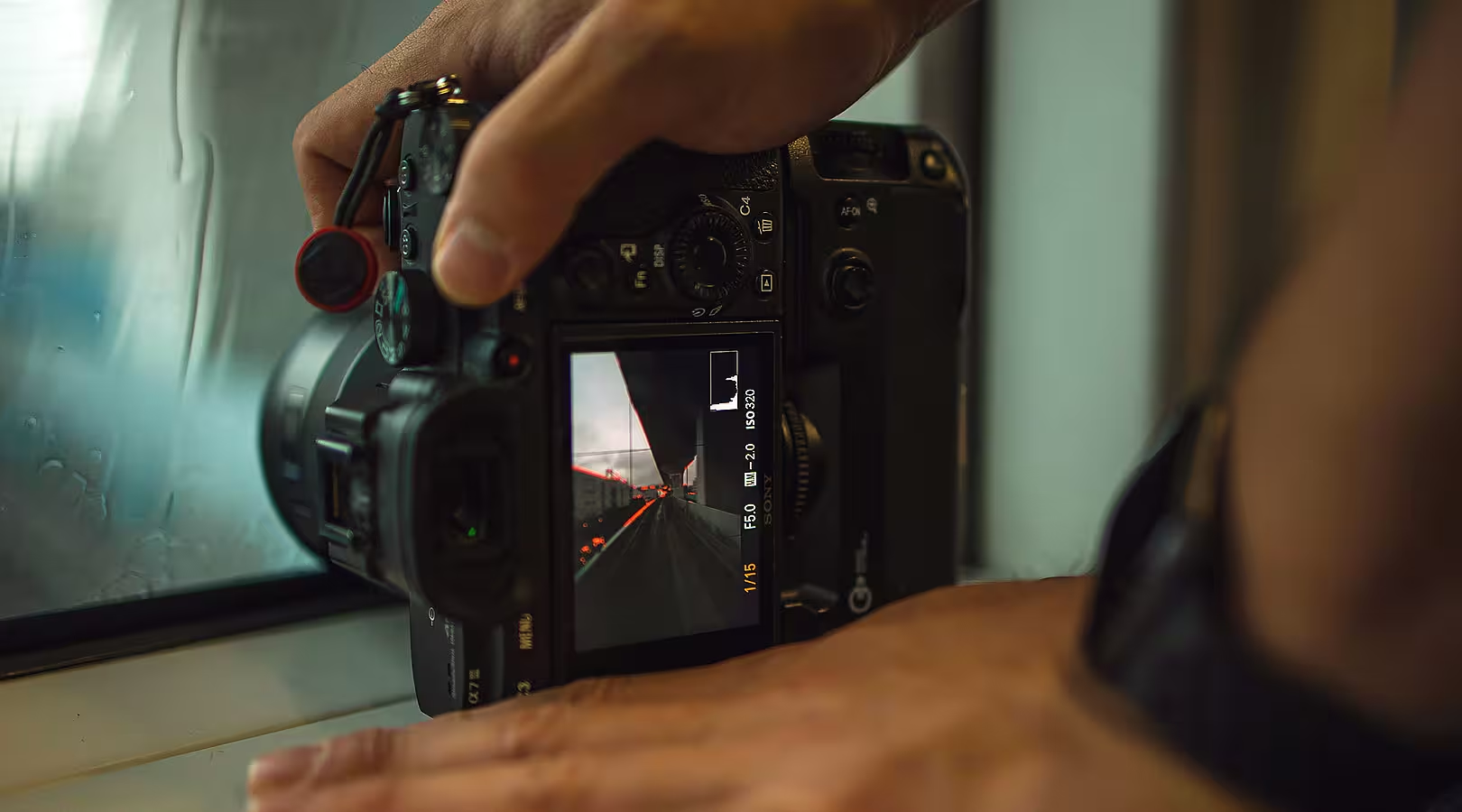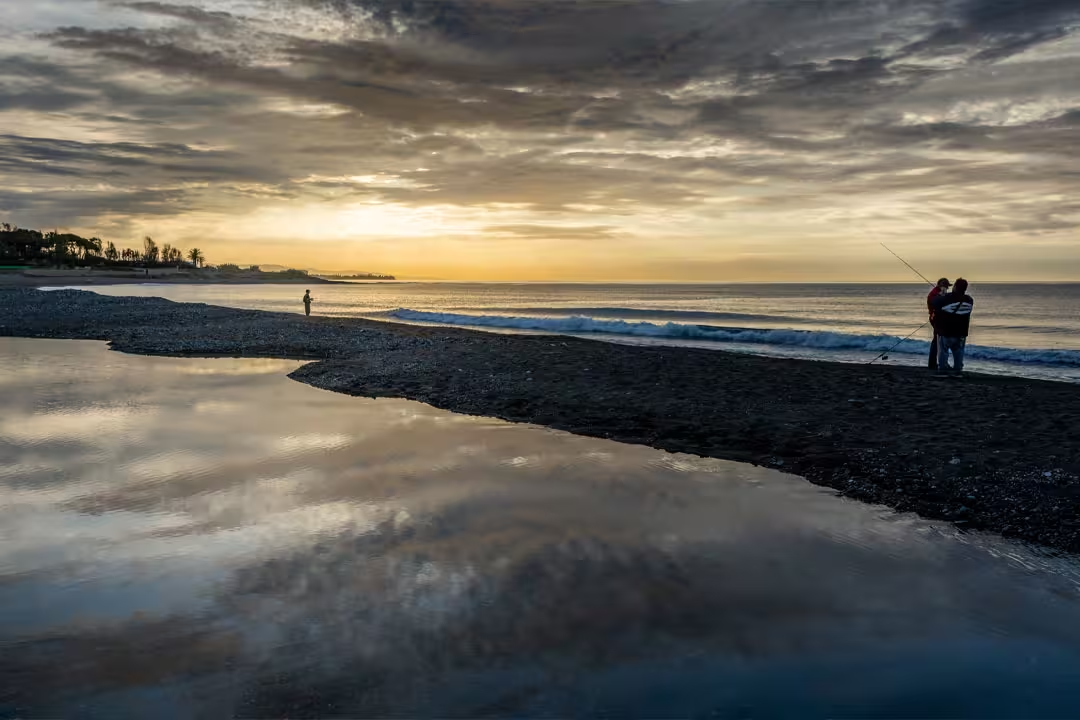
Macro Photography – Exploring the World of Small Details
Macro photography reveals a world often invisible to the naked eye. From the delicate veins of a leaf to the intricate structure of an insect’s wings, macro work captures the beauty of the tiny details that surround us.
What Is Macro Photography?
Macro photography refers to photographing subjects at very close distances, typically producing images where the subject appears life-size or larger on the camera sensor.
True Macro is usually defined as a 1:1 reproduction ratio — meaning the subject is recorded at the same size on the sensor as it is in real life.
Essential Equipment
While you can experiment with any camera, certain tools make macro photography much easier.
- Macro Lens: Designed specifically for close focusing, often offering 1:1 magnification.
- Extension Tubes: Affordable accessories that reduce the minimum focusing distance of a standard lens.
- Tripod: Keeps your camera steady during close-up shots where even tiny movements can cause blur.
- Ring Light or Flash: Provides consistent, even lighting when working close to a subject.
Key Settings for Macro Photography
- Aperture: Start with f/8 to f/11. At close distances, depth of field is extremely shallow — even a small shift can blur the subject.
- Shutter Speed: Use at least 1/125 to avoid motion blur, especially if shooting handheld.
- ISO: Keep as low as possible for clean detail, but don’t hesitate to increase it in low light.
Tip: Use manual focus for precision — autofocus can struggle at very short distances.
Composition and Subject Choice
Macro photography is as much about creativity as it is about technical execution.
- Subjects: Flowers, insects, textures, food, and everyday objects all work beautifully.
- Backgrounds: Keep them simple — blur distractions with a wide aperture.
- Angles: Experiment with side, top-down, or unusual perspectives to create visual interest.
Practical Assignment
- Choose a small subject such as a flower, coin, or piece of jewellery.
- Photograph it at the closest focusing distance possible.
- Adjust aperture between f/2.8 and f/11 to see how depth of field changes.
- Compare the results and note how detail and background blur shift with each setting.
Conclusion
Macro photography encourages you to slow down, observe, and appreciate the finer details of the world. With the right equipment and careful technique, you can uncover extraordinary beauty in ordinary subjects.
In the next article, we’ll explore night photography, covering how to capture the drama of city lights, stars, and low-light scenes.
Macro Photography – Exploring the World of Small Details

Macro photography reveals a world often invisible to the naked eye. From the delicate veins of a leaf to the intricate structure of an insect’s wings, macro work captures the beauty of the tiny details that surround us.
What Is Macro Photography?
Macro photography refers to photographing subjects at very close distances, typically producing images where the subject appears life-size or larger on the camera sensor.
True Macro is usually defined as a 1:1 reproduction ratio — meaning the subject is recorded at the same size on the sensor as it is in real life.
Essential Equipment
While you can experiment with any camera, certain tools make macro photography much easier.
- Macro Lens: Designed specifically for close focusing, often offering 1:1 magnification.
- Extension Tubes: Affordable accessories that reduce the minimum focusing distance of a standard lens.
- Tripod: Keeps your camera steady during close-up shots where even tiny movements can cause blur.
- Ring Light or Flash: Provides consistent, even lighting when working close to a subject.
Key Settings for Macro Photography
- Aperture: Start with f/8 to f/11. At close distances, depth of field is extremely shallow — even a small shift can blur the subject.
- Shutter Speed: Use at least 1/125 to avoid motion blur, especially if shooting handheld.
- ISO: Keep as low as possible for clean detail, but don’t hesitate to increase it in low light.
Tip: Use manual focus for precision — autofocus can struggle at very short distances.
Composition and Subject Choice
Macro photography is as much about creativity as it is about technical execution.
- Subjects: Flowers, insects, textures, food, and everyday objects all work beautifully.
- Backgrounds: Keep them simple — blur distractions with a wide aperture.
- Angles: Experiment with side, top-down, or unusual perspectives to create visual interest.
Practical Assignment
- Choose a small subject such as a flower, coin, or piece of jewellery.
- Photograph it at the closest focusing distance possible.
- Adjust aperture between f/2.8 and f/11 to see how depth of field changes.
- Compare the results and note how detail and background blur shift with each setting.
Conclusion
Macro photography encourages you to slow down, observe, and appreciate the finer details of the world. With the right equipment and careful technique, you can uncover extraordinary beauty in ordinary subjects.
In the next article, we’ll explore night photography, covering how to capture the drama of city lights, stars, and low-light scenes.

